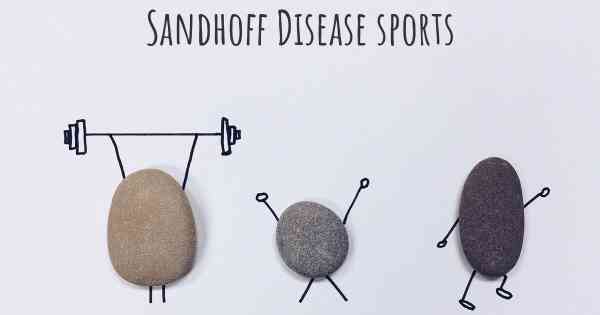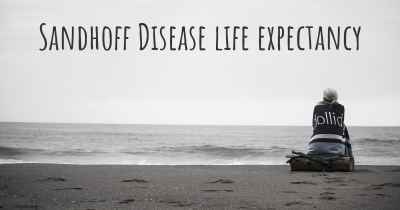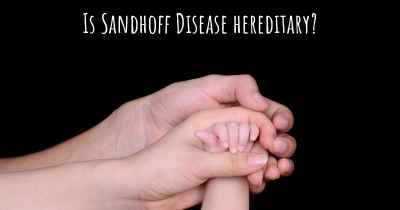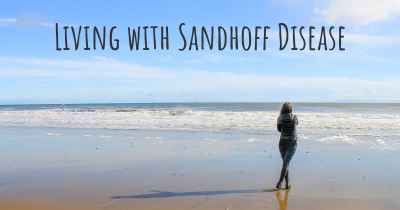Is it advisable to do exercise when affected by Sandhoff Disease? Which activities would you suggest and how intense should they be?
See if it is advisable for people with Sandhoff Disease to practice sports and which ones are the most recommended if you have Sandhoff Disease

Sandhoff Disease is a rare and progressive genetic disorder that affects the central nervous system. It is a form of GM2 gangliosidosis, which is characterized by the accumulation of harmful substances in the brain and spinal cord. This disease is caused by a deficiency of the enzyme hexosaminidase, which is responsible for breaking down certain fatty substances.
Given the nature of Sandhoff Disease and its impact on the nervous system, it is generally not advisable for individuals affected by this condition to engage in strenuous physical activities or exercises. The disease leads to a progressive deterioration of motor skills, muscle weakness, and other neurological symptoms, making it challenging for individuals to participate in physical activities.
However, it is important to note that each case of Sandhoff Disease is unique, and the severity of symptoms can vary. Therefore, it is crucial to consult with a healthcare professional who is familiar with the specific individual's condition before considering any exercise regimen.
In some cases, gentle range-of-motion exercises may be recommended to help maintain flexibility and prevent muscle stiffness. These exercises typically involve moving the joints through their full range of motion, without exerting excessive force or resistance. They can be performed in a controlled manner and may help improve circulation and prevent contractures.
Physical therapy can also play a crucial role in managing the symptoms of Sandhoff Disease. A qualified physical therapist can develop a personalized exercise program that focuses on maintaining mobility, improving balance, and preventing muscle atrophy. The exercises prescribed by a physical therapist are tailored to the individual's specific needs and abilities, taking into account the stage and progression of the disease.
It is important to emphasize that the intensity of exercise for individuals with Sandhoff Disease should be low to moderate. The goal is not to push the limits but rather to maintain functional abilities and prevent further deterioration. Overexertion or engaging in high-intensity activities can potentially worsen symptoms and lead to fatigue, which may be detrimental to the individual's overall well-being.
Additionally, hydrotherapy (water-based therapy) can be beneficial for individuals with Sandhoff Disease. The buoyancy of water reduces the impact on joints and muscles, making it easier to perform exercises. Hydrotherapy can help improve muscle strength, flexibility, and overall mobility. It is essential to work with a trained professional who can guide and supervise the hydrotherapy sessions to ensure safety and effectiveness.
Adaptive exercises and assistive devices may also be recommended to individuals with Sandhoff Disease. These exercises and devices are designed to accommodate the specific needs and limitations of the individual, allowing them to engage in physical activities with reduced strain and risk of injury. Examples of adaptive exercises include modified yoga, tai chi, or seated exercises.
Lastly, it is crucial to prioritize monitoring and regular check-ups with healthcare professionals who specialize in Sandhoff Disease. They can provide ongoing guidance, assess the individual's condition, and make necessary adjustments to the exercise program as the disease progresses.
In conclusion, while individuals with Sandhoff Disease should generally avoid strenuous physical activities, gentle range-of-motion exercises, physical therapy, hydrotherapy, and adaptive exercises can be beneficial in maintaining mobility, flexibility, and overall well-being. It is essential to consult with healthcare professionals who can provide personalized recommendations based on the individual's specific condition and needs.
Posted Feb 24, 2017 by Levi Christopher Lucero, Jr. 2185








